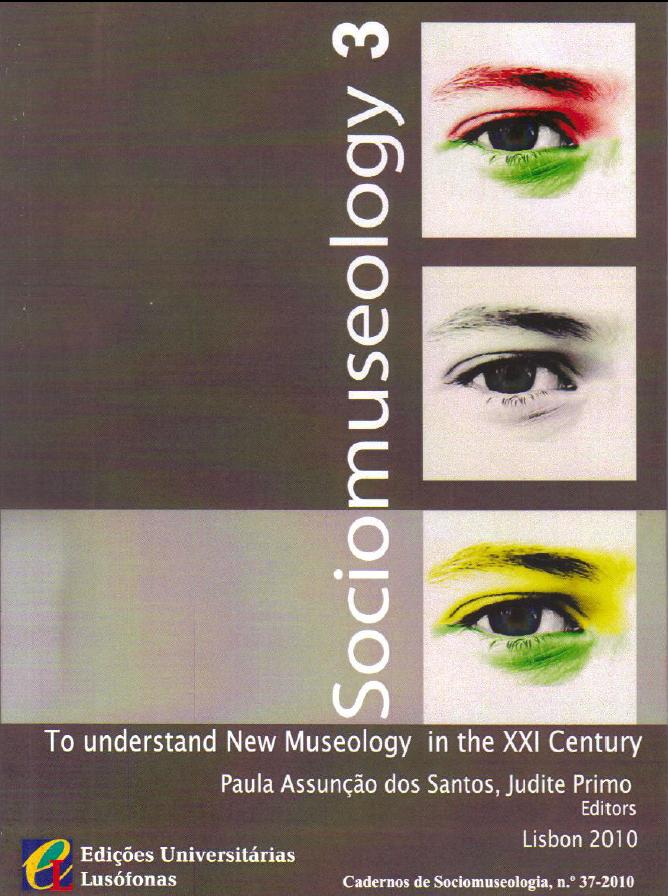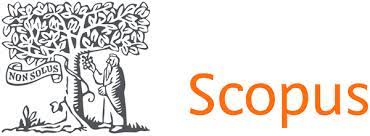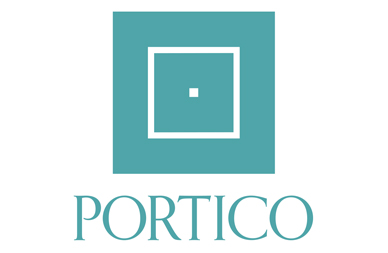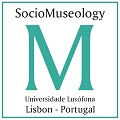Transformative Museology
Resumo
Rebecca Weldon
“…we have to take into account the fact that museology and museums are two completely different things.” Martin R. Shärer[1]
In the 20th century, growing populations produced a growing body of heritage. The transmission of this heritage to succeeding generations coalesced into three major modern institutions: universities, library/archives and museums. Traditional systems of social and cultural memory had become overloaded and therefore evolved conceptually. This evolution took place within the primary context of a naturally occurring museology through the process I call museogenesis.
The term museogenesis refers to the origin and development of museological thought in a specific cultural context. By museological thought, I refer to ideas and theories surrounding the parameters of “the natural and cultural heritage, the activities concerned with the preservation and communication of this heritage, the institutional frame-work, and society as a whole” (Mensch 1992). This broadly inclusive definition relates museology to another broadly defined concept: cultural context. By cultural context, I refer to the “webs of significance and systems of meaning which is the collective property of a group” (Geertz 1973).
[1] ICOFOM Study Series – ISS 34, 2003, ISS 34_03.pdf, p.7
Downloads
Política para Periódicos de Acesso Livre
Autores conservam os direitos de autor e concedem à revista o direito de primeira publicação, com o trabalho simultaneamente licenciado sob a Licença Creative Commons Attribution que permite a partilha do trabalho com reconhecimento da autoria e publicação inicial nesta revista.













